FX.co ★ World's youngest capitals
World's youngest capitals
Sri Jayawardenepura Kotte, Sri Lanka (since 1982)
Sri Lanka, located on the island of the same name, is recently known not only for its delicious black and green Ceylon tea.
The official capital of the state is Sri Jayawardenepura Kotte separated from former capital Colombo in 1982. The country’s parliament and the Supreme Court are located in Sri Jayawardenepura Kotte, while Colombo still performs some of its key functions and serves as the residence of the President of Sri Lanka.
Sri Lanka is now facing a deep political crisis and unrest. Thus, the current situation may change.
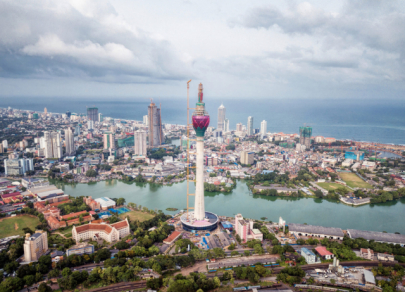
Yamoussoukro, Côte d'Ivoire (since 1983)
In 1983, President Félix Houphouët-Boigny moved the country’s capital from Abidjan to his home town of Yamoussoukro. He managed to fulfill his long-held dream and built Basilique Notre-Dame de la Paix, the world’s largest catholic church, as a sign of loyalty to former metropolis catholic France.
Yamoussoukro is also home to the House of Congress, the Party House (the president's residence), an international airport, food, and wood processing industries. However, Abidjan is still considered the country’s economic capital.
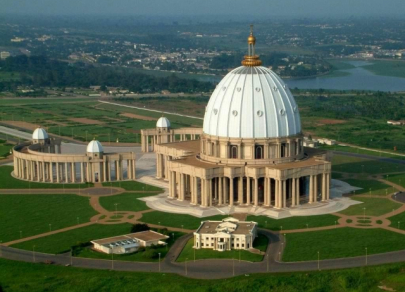
Berlin, Germany (since 1991)
Bonn was the capital of the Federal Republic of Germany until 1991 when it merged with the German Democratic Republic. It is now difficult to imagine that this small city was Germany's major political center for more than 40 years.
Berlin reclaimed its glory as the country’s capital within the last stage of the dramatic post-war history of the 20th century. Currently, it is the most populous city in the EU.
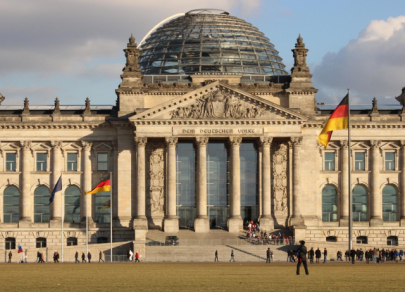
Abuja, Nigeria (since 1991)
Lagos was the capital of Nigeria before Abuja. It now retains its status as the country's main economic and cultural center. President Murtala Mohammed planned to unite over 200 peoples living there when he made the transfer in 1991. Located in the center of the country, Abuja was to be a place not dominated by any ethnic, social, or religious group.
It is a modern and well-planned city. There is the president's residence and administrative buildings in its central part. The government buildings and residential areas are situated in the other five parts of the city. The presidents and ministers attending conferences are welcomed at the international airport. At the same time, there are no large industrial enterprises in Abuja.
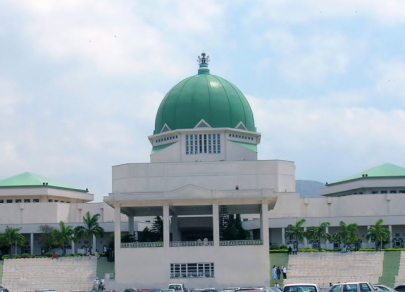
Ramallah, Palestine (since 1994)
Ramallah became the capital of partially recognized Palestine in 1994. In fact, it is the administrative center of Arab autonomy within Israel's borders. Apart from it, Palestine declared its independence in 1988.
This modern city lies on the hills giving a picturesque view. Some experts believe that public institutions are temporarily located in Ramallah. Moreover, residents consider the idea of regaining Jerusalem as the only recognized capital.
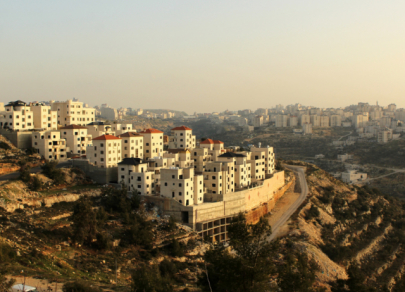
Dodoma, Tanzania (since 1996)
The reason for the relocation of Tanzania’s capital from Dar es Salaam to Dodoma was the economic development of the interior and the strengthening of Tanzania's postcolonial independence. There is an international airport and railway station there.
The foreign embassies, most public institutions, industrial plants, banks, and offices did not change their location. Ikulu, the president’s official residence, is also situated in Dar es Salaam.
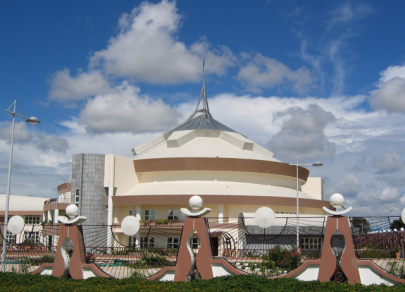
Naypyidaw, Myanmar (since 2005)
Military and strategic considerations were the official reason for moving Myanmar’s capital (former Burma) from coastal Yangon to purpose-built Naypyidaw. Rumor has it that this action was performed on astrologers' advice.
In 2005, Naipyidaw was built on the site of Chepi village, 17 kilometers west of Pyinmana. Although over 1.1 million people live there, it is only 1.5% of the country's total population. The city is state-of-the-art with modern highways, hotels, hospitals, the presidential palace, and Burma's largest pagoda, Uppatasanti.

Ngerulmud, Palau (since 2006)
In 2006, Ngerulmud became the official capital of Palau, an island nation in the Philippine Sea. However, it still has a population of less than 300 people. The only landmark is the Capitol-like government palace built in an open field.
Similar to the United States, Palau is made up of 16 states. Koror, the country’s former capital and the largest city, is considered a financial and cultural center. There are hotels, diving centers, yacht clubs, stores, restaurants, stadiums, and schools.
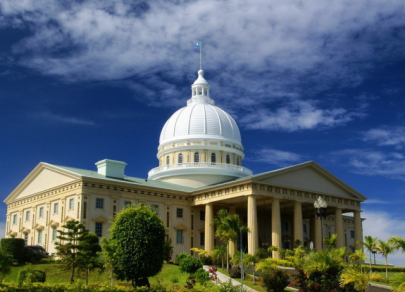
Nur-Sultan, Kazakhstan (since 2021)
Four cities in Kazakhstan have been capitals at different times. The last one Nur-Sultan was named Astana until 2021, Akmola until 1998, and Akmolinsk until 1992.
It is located in the center of the republic. Nur-Sultan was intended to ensure favorable and accelerated development of the interior regions of the country. Until 1997, Alma-Ata was the capital of Kazakhstan. However, the authorities believed that it had exhausted its capacities for further development and had become dangerous from an ecological and seismic standpoint.
In 1989-2019, Kazakhstan’s First President Nursultan Nazarbayev initiated numerous transfers and renaming of capitals. In each case, the relocation was considered meticulously.
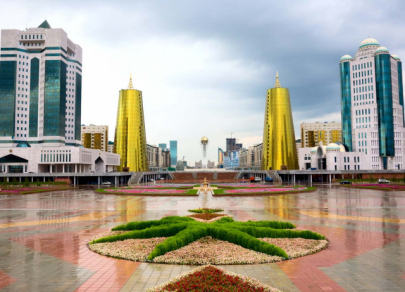
Capitals under construction
Currently, the process of relocating capitals continues. For example, in the near future, it is planned to move the administrative and political center of South Sudan from Juba to purpose-built Ramsel.
A new capital is also being constructed in Egypt. Wedian will be situated to the east of the old capital and will help ease congested Cairo. Ministries and other government agencies as well as foreign embassies will be relocated to Wedian.






















